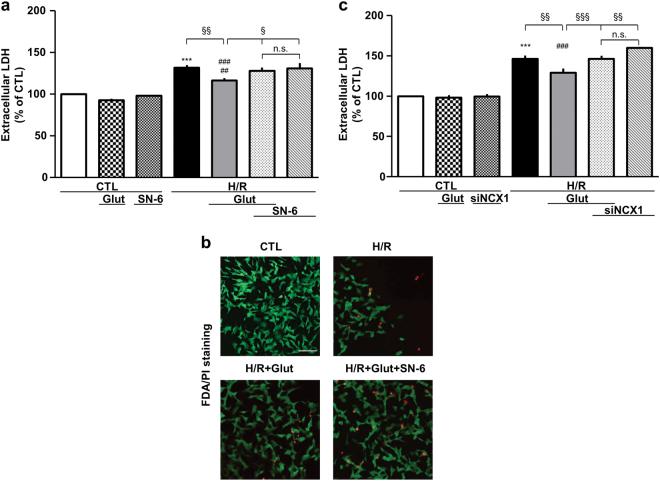Fig. 2. Glutamate-induced protection against H/R injury is prevented by NCX1 inhibition.
Extracellular LDH activity measured at the end of the H/R protocol (16 h of hypoxia followed by 24 h of reoxygenation) under different experimental conditions. In each experiment, LDH release was expressed as percentage of the control. a Glutamate (0.5 mM) was added during the reoxygenation phase, alone or in combination with 1 μM SN-6, according to the time schedule showed in Fig. 1. Each column represents the mean ± S.E.M. of almost five independent experiments performed in triplicate. Where unseen, error bars overlap with the histogram outline. Differences among means were assessed by one-way ANOVA followed by Dunnet’s post hoc test. F(6, 70) = 29.57. ***p < 0.0001 vs control groups; ###p < 0.0001 vs CTL, CTL+Glut; ##p < 0.001 vs CTL+SN-6; §§p < 0.001, §p < 0.01 vs the indicated groups. The H/R group was not significantly different from the H/R + SN-6 + Glut and H/R + SN-6 groups. b Analysis of cell survival by FDA/PI staining. Images are representative of three independent experiments. Scale bar 50 µm. c Silencing of NCX1 was performed 30 h before H/R challenge. Glutamate was added at the onset of the reoxygenation phase. Each column represents the mean ± S.E.M. of almost five independent experiments performed in triplicate. Differences among means were assessed by one-way ANOVA followed by Dunnet’s post hoc test. F(6, 29) = 44.76. ***p < 0.0001 vs control groups; §§§p < 0.0001, §§p < 0.001 vs the indicated groups. The H/R group was not significantly different from the H/R + siNCX1 + Glut and H/R + siNCX1 groups. There was no statistically significant difference between the control groups. CTL control, H/R hypoxia/reoxygenation, Glut glutamate, siNCX1 siRNA for NCX1, n.s. not significant

